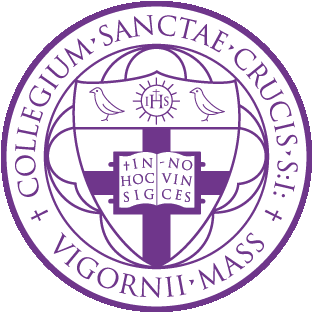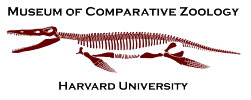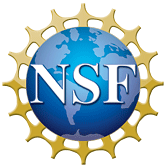Sternum (Breast Bone) of the Raggiana Bird of Paradise Paradisaea raggiana (YPM 104940)
Rotate: left click on mouse
Zoom: right click on mouse (PC) or command and click (Mac)
Move: left and right click simultaneously (PC) or shift and click (Mac)
| Phylogenic Position | |
|---|---|
| Aves - Neognathae - Passeriformes - Paradisaeidae - Paradisaea - Paradisaea raggiana | |
| Species Description | |
|
|
|
| Specimen Information | |
| Species | Paradisaea raggiana (Raggiana Bird of Paradise) |
| Element | Sternum (Breast Bone) |
| Specimen Number | YPM 104940 |
| Sex | Female |
| Location | Papua, New Guinea |
| Geological Age | Recent |
| Technical Information | |
| Scanner | Konica Minolta Range7 |
| Resolution | 40 µm |
| Number of Data Points | 94326 |
| Number of Data Polygons | 47166 |
| Date Scanned | July 14, 2009 |
| Scan Technician | Stephanie John |
| Edited By | Stephanie John |
| Photographs | |
|
View All 3 Images |
|
| Download Digital Model | Size |
| STL File Not Publicly Available | 4.7 MB |
| Other Paradisaea raggiana (Raggiana Bird of Paradise) Elements | |
| Specimen | Element |
| Institution Data Use Policy | |
| http://peabody.yale.edu/collections/collections-policies | |




